Description
Corn stover grass for sale can be a valuable, cost-effective feed for cattle. Learn about its nutritional benefits, proper harvesting. Place orders now.
Corn stover grass for sale
Corn Stover Grass: A Sustainable Feed Option for Cattle
As the agricultural landscape evolves, the need for sustainable and cost-effective cattle feeding solutions becomes increasingly critical. While traditional feeds like hay and grain remain staples, exploring alternative forages like corn stover grass is gaining traction. Corn stover, the residual stalks, leaves, and husks left after corn harvest, offers a readily available and potentially valuable feed source for cattle, particularly during non-growing seasons.
Understanding Corn Stover Grass
It’s important to clarify that “corn stover grass” isn’t a specific type of grass. The term refers to the use of corn stover as a forage, recognizing its potential to provide roughage similar to grass for cattle. Unlike lush pasture grasses, corn stover is a lower-quality feed source, particularly in terms of protein and digestibility. However, it’s abundant, often inexpensive, and can play a significant role in extending grazing seasons and reducing reliance on more expensive feed options.
Benefits of Utilizing Corn Stover
- Cost-Effectiveness: Stover is generally a low-cost feed source, especially for farmers already growing corn. The biggest costs associated with stover utilization are typically related to harvesting, processing, and transportation.
- Extended Grazing: Allowing cattle to graze on corn stover fields after harvest can extend the grazing season, reducing the need for stored feed and lowering feed costs.
- Reduced Soil Erosion: Leaving some stover on the field helps protect the soil from wind and water erosion, contributing to healthier soil structure and fertility.
- Nutrient Cycling: Grazing cattle can help redistribute nutrients from the stover back into the soil through manure, potentially reducing the need for synthetic fertilizers.
- Resource Efficiency: Utilizing stover as feed aligns with principles of circular agriculture, reducing waste and maximizing the use of available resources.
Challenges and Considerations
Despite its benefits, utilizing corn stover as cattle feed presents several challenges:
- Low Nutritional Value: Stover is low in protein and digestible energy. Supplementation with protein sources (e.g., soybean meal, distillers grains) and energy sources (e.g., grain) is typically necessary to meet cattle nutritional requirements, especially for growing animals or lactating cows.
- Variable Quality: The nutritional value of corn stover can vary significantly depending on corn variety, harvest practices, and environmental conditions. Testing stover for nutrient content is crucial to determine appropriate supplementation strategies.
- Harvesting and Processing: Harvesting and processing stover can be labor-intensive and require specialized equipment, such as balers, choppers, or rakes.
- Palatability: Stover can be less palatable to cattle compared to other forages. Strategies like proper management and supplementation can improve consumption.
- Soil Compaction: Concentrated grazing in small areas can lead to soil compaction, especially in wet conditions. Implementing rotational grazing strategies can minimize this risk.
Management Strategies for Effective Stover Utilization
- Stover Grazing Management: Implementing rotational grazing systems can improve stover utilization, reduce soil compaction, and promote regrowth.
- Supplementation Strategies: Providing appropriate protein and energy supplements is essential to meet cattle nutritional needs and maximize stover utilization.
- Stover Harvesting and Processing: Consider different harvesting and processing methods to optimize stover quality and palatability. Baling, chopping, and ensiling are common options.
- Nutrient Testing: Regularly testing stover for nutrient content is crucial to develop effective supplementation strategies and monitor feed quality.
- Environmental Considerations: Implement practices to minimize soil erosion and compaction, such as leaving a portion of the stover on the field and using rotational grazing.
Conclusion
Corn stover grass offers a promising and sustainable feed option for cattle, particularly for extending grazing seasons and reducing reliance on more expensive feed sources. However, successful utilization requires careful management, including appropriate supplementation, grazing strategies, and harvesting practices. With proper planning and implementation, corn stover can contribute to economically viable and environmentally responsible cattle production systems. By understanding the benefits and challenges of stover utilization, farmers can unlock its potential as a valuable feed resource for their cattle operations.

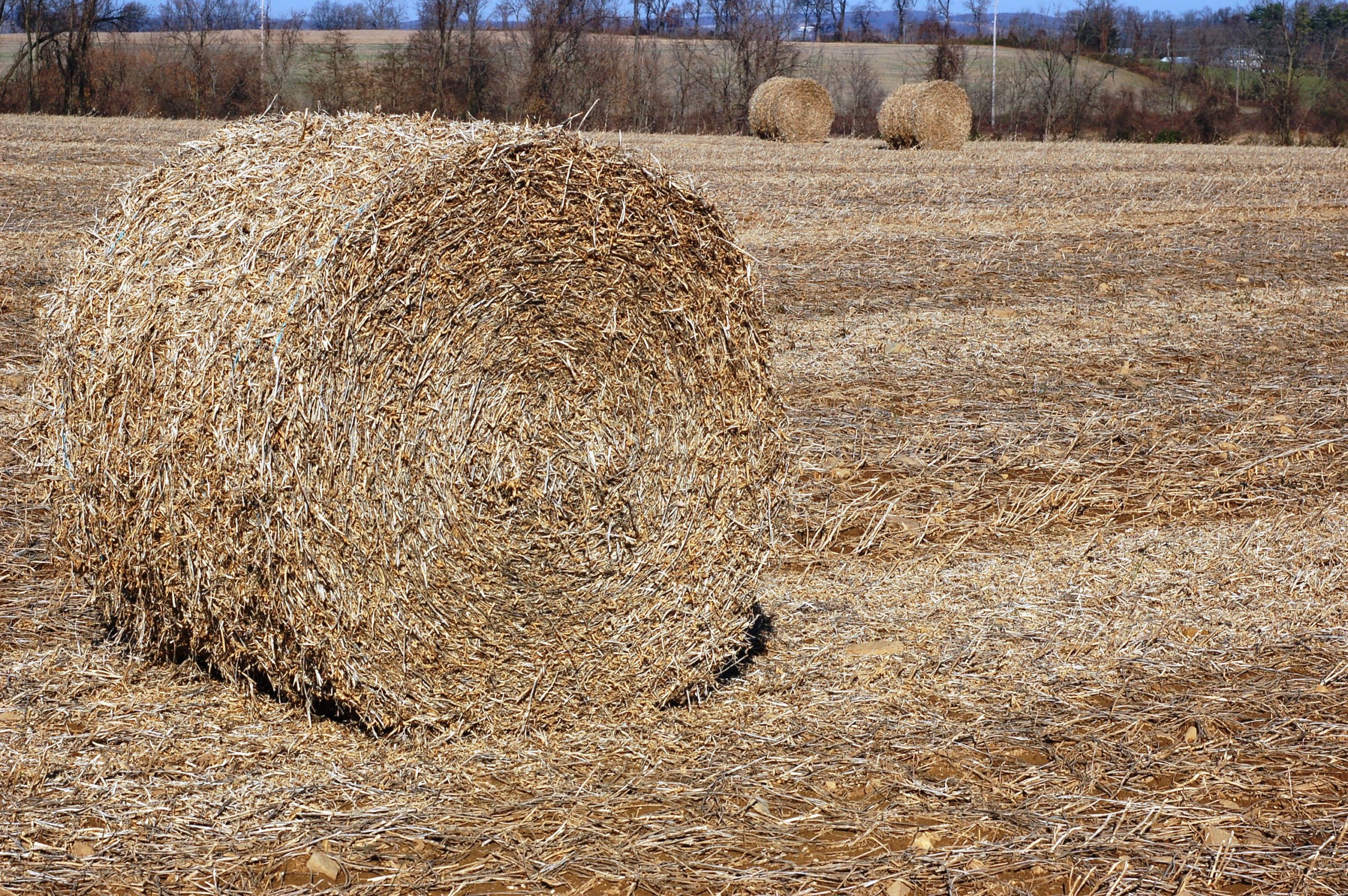
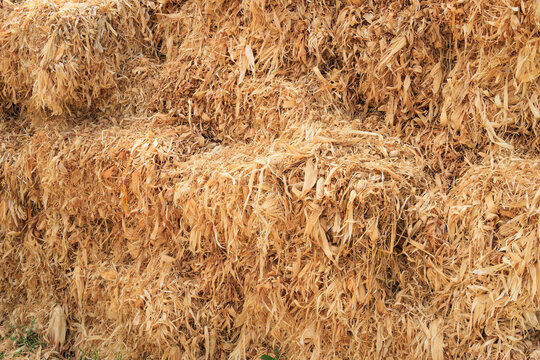
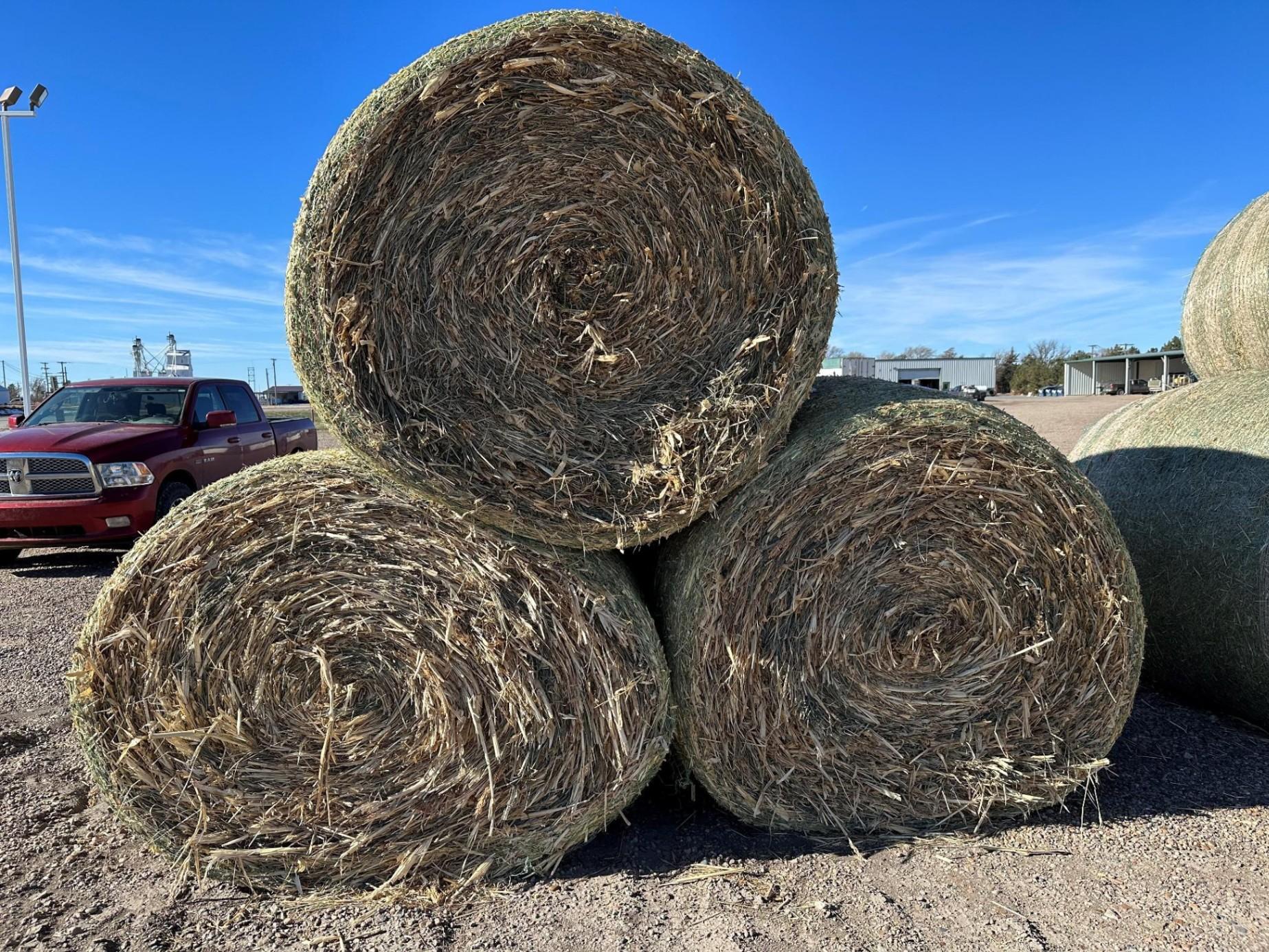
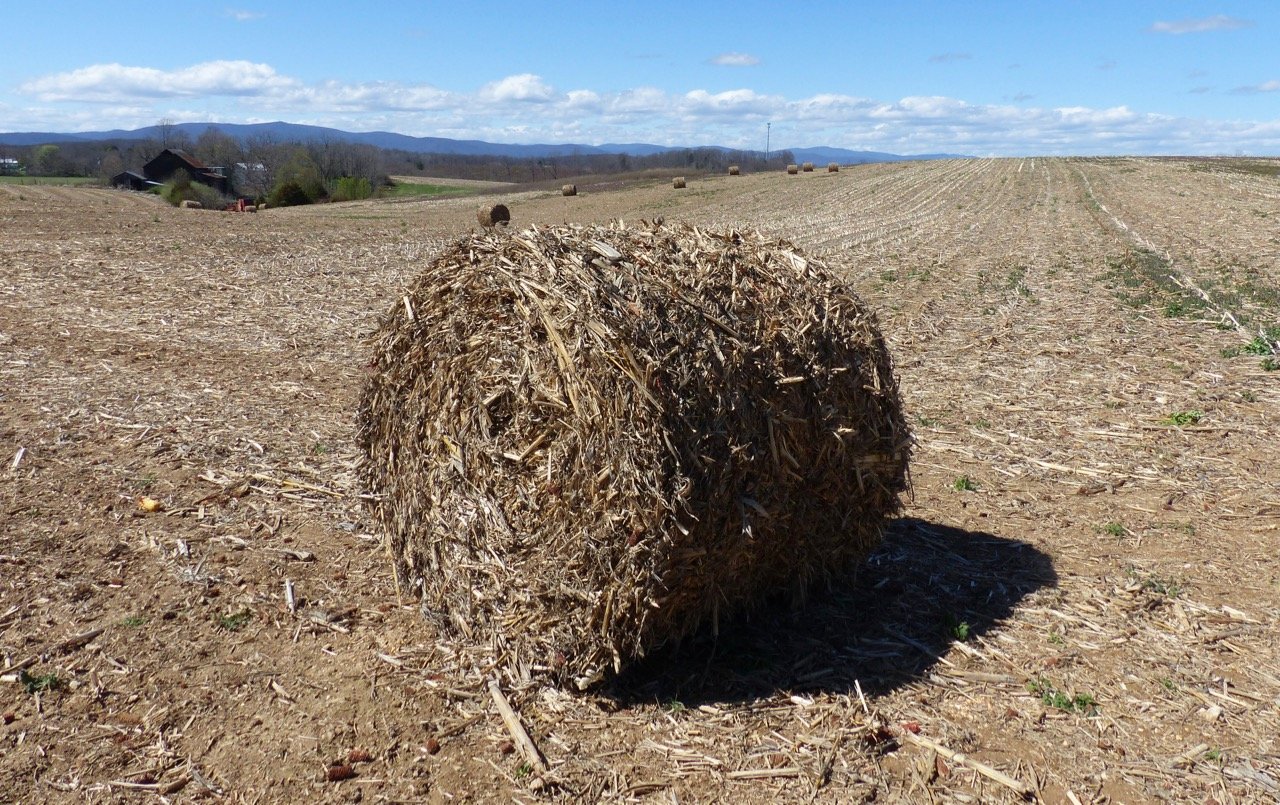
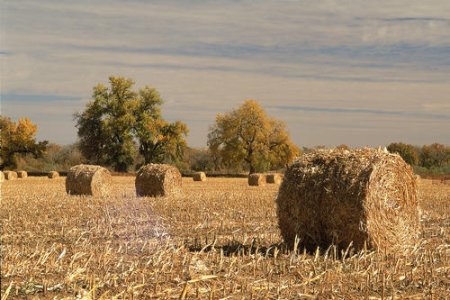


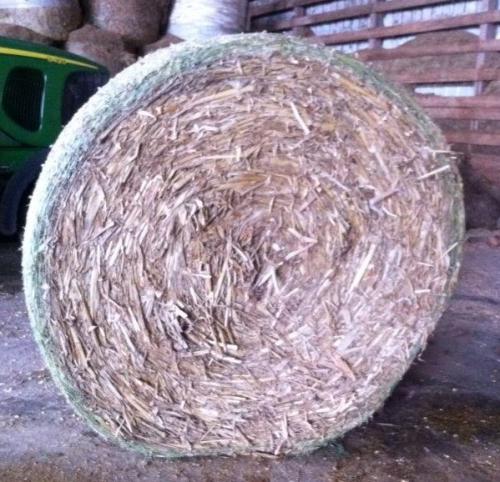
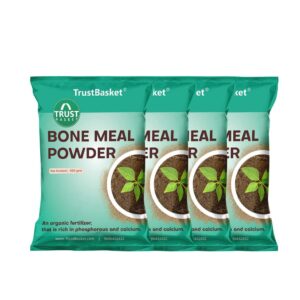


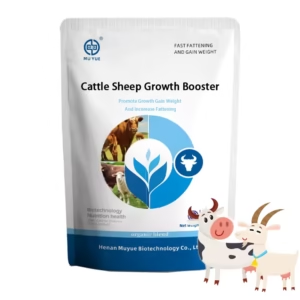


Reviews
There are no reviews yet.